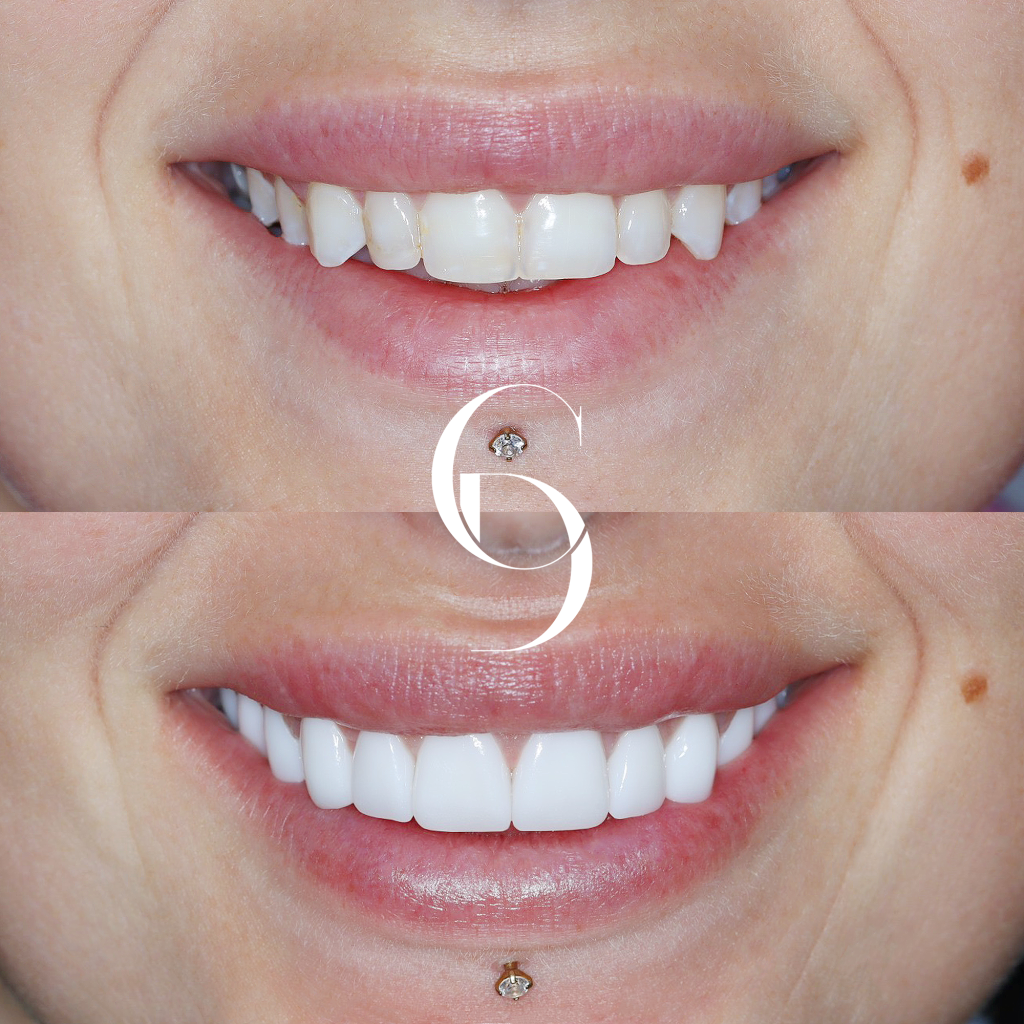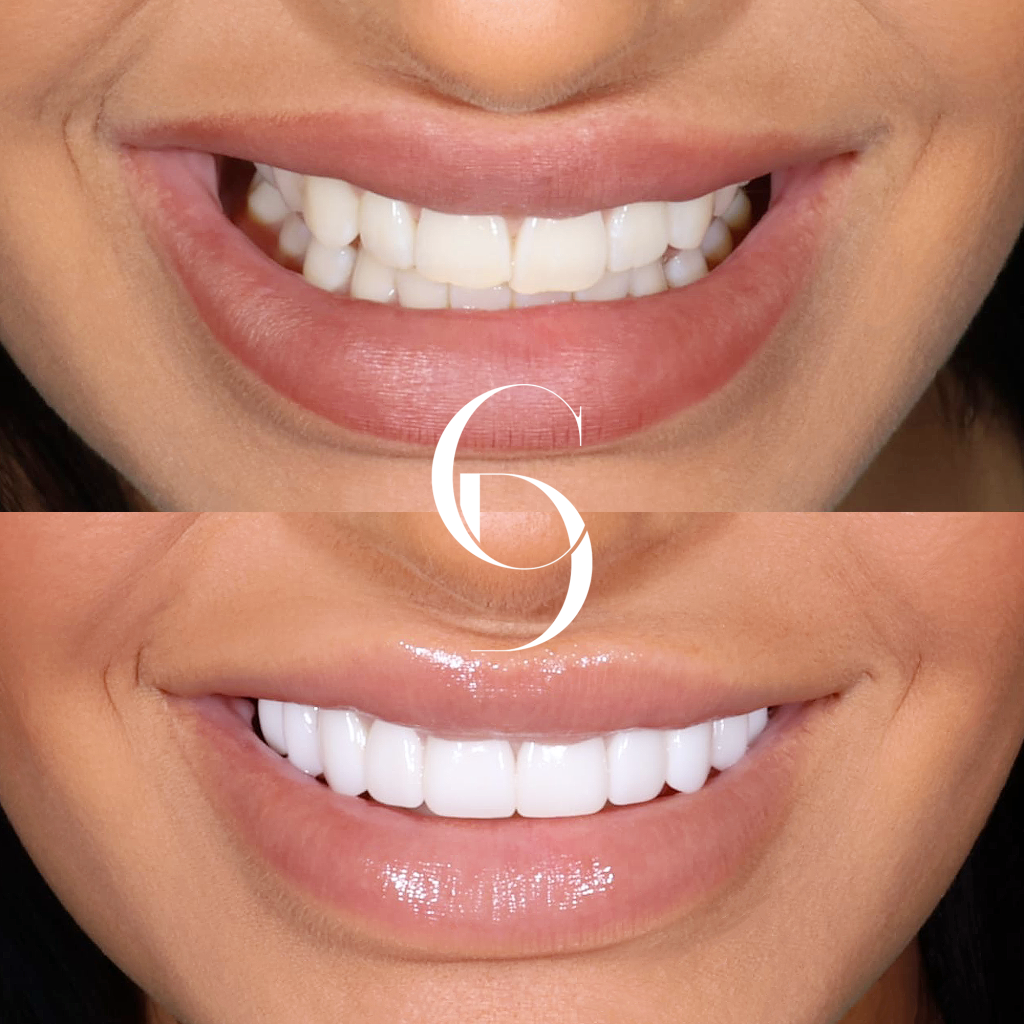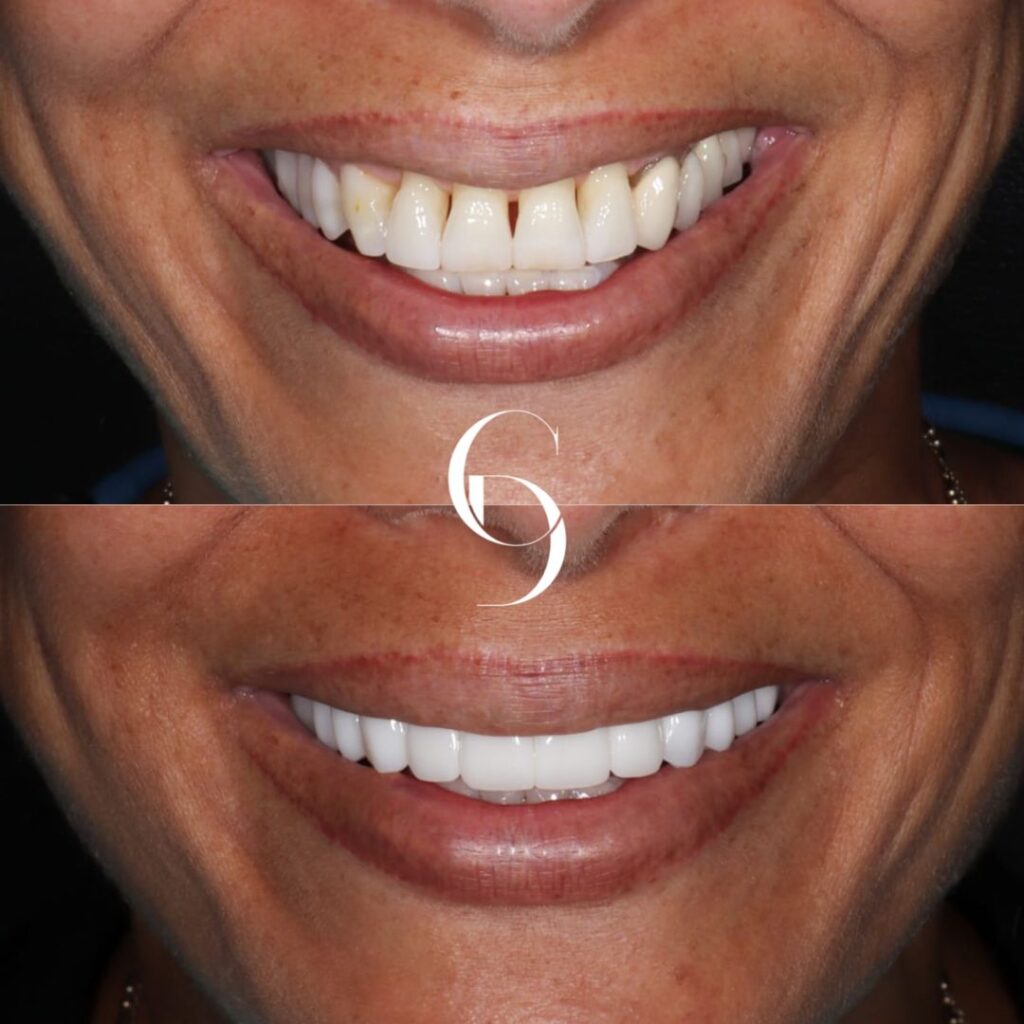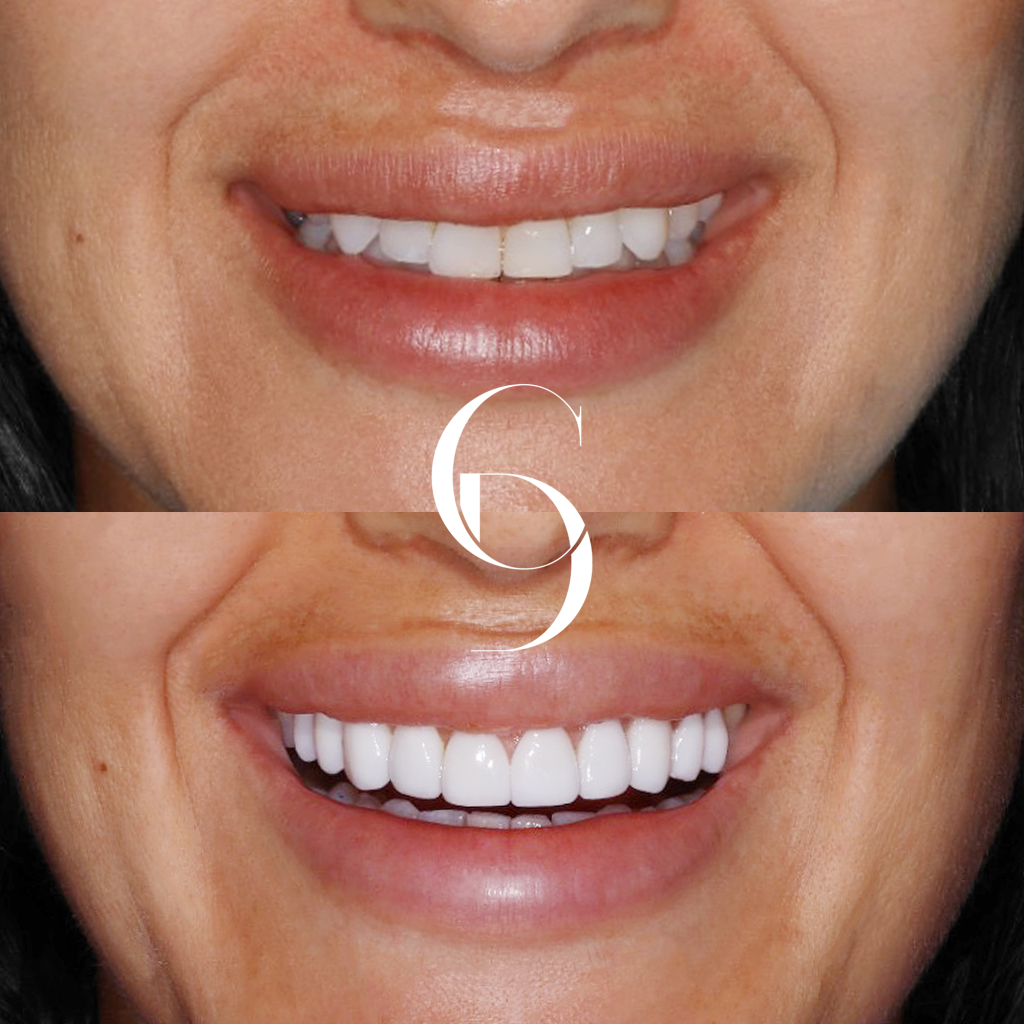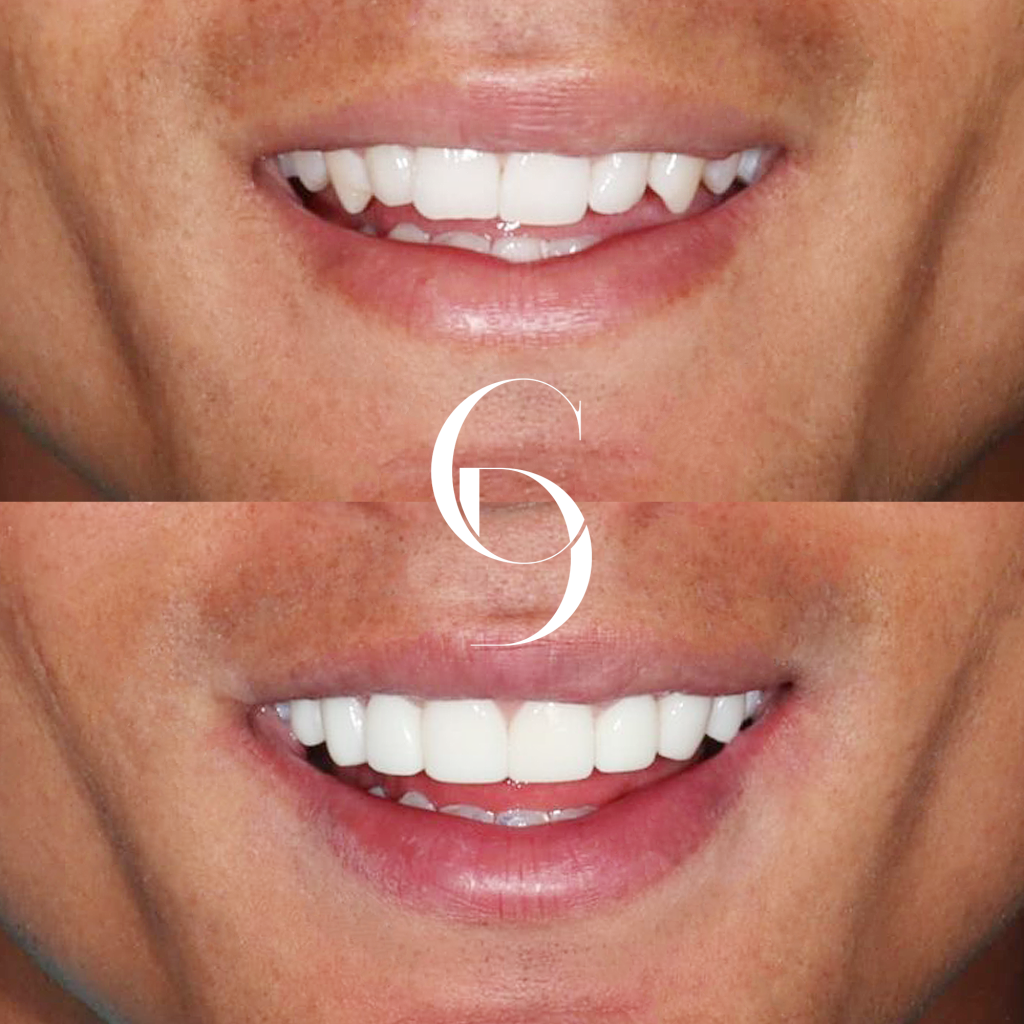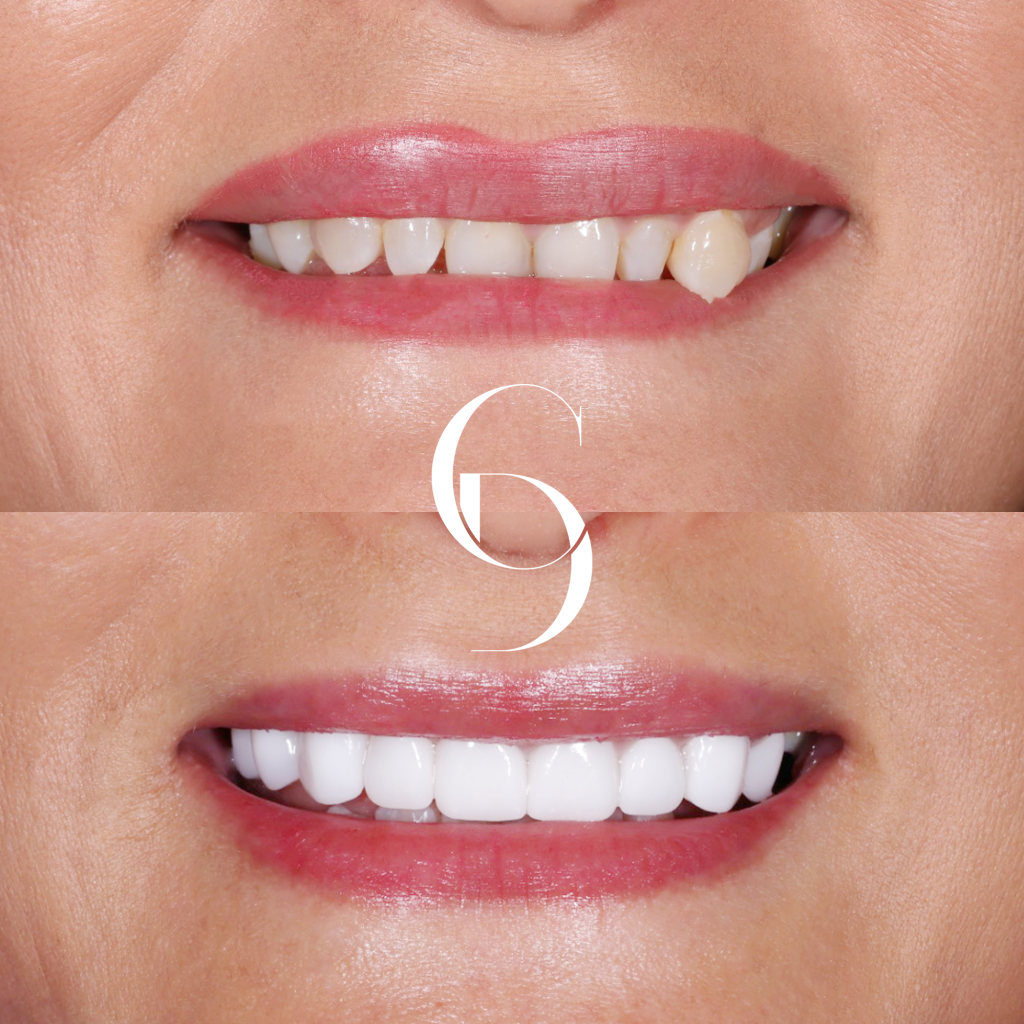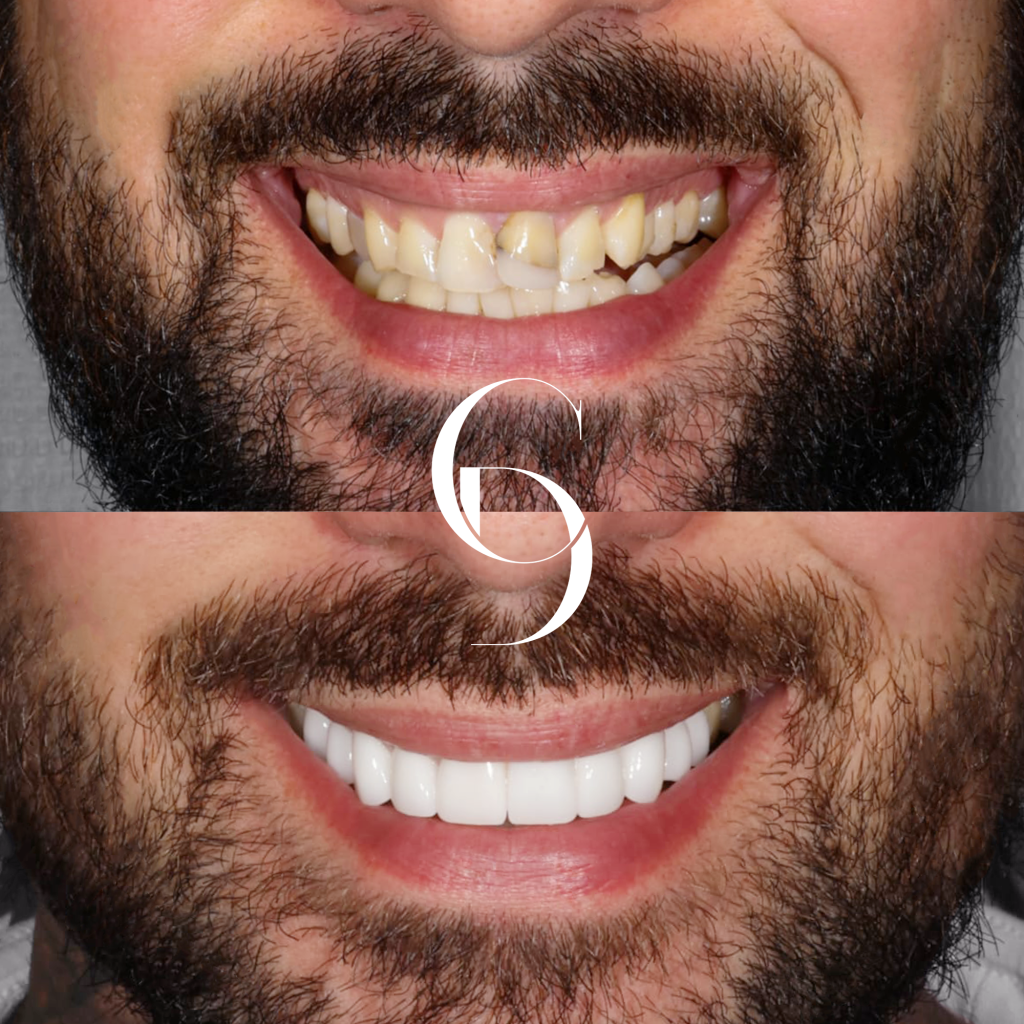When considering orthodontic treatment, whether braces or dental veneers, one of the most common questions is, “How much will it cost?” The cost of braces varies widely and is determined on a case-by-case basis. That’s because treatment complications differ from one patient to the next. There are several other comprehensive factors that influence the price of everyone’s treatment. To figure out an estimate for you before visiting a dentist, let’s discuss them in detail!
Factors Involved in the Cost of Braces
Before discussing the cost aspect, it’s crucial to grasp the function of braces. These orthodontic devices are used to align and straighten teeth. Comprising brackets, wires, and bands, braces work collectively to exert gentle pressure on teeth, addressing concerns like crookedness, overcrowding, and bite irregularities.
A. Type of Braces
- Metal Braces:
Traditional metal braces are the classic type most people think of when they hear “braces.” These braces are good at fixing all sorts of teeth problems, even the difficult ones. Although they can be seen when you smile, many proudly show them off and track their progress during treatment.
- Lingual Braces:
Lingual braces offer a cutting-edge, customized wire system that facilitates gradual, gentle, and efficient tooth movement. Positioned discreetly on the inner surfaces of the teeth, they provide a nearly invisible orthodontic treatment option. While lingual braces provide a discreet treatment, they typically cost more due to their customization.
- Ceramic Braces:
Ceramic braces are customizable and discreet options to address your dental issues. These appliances have tooth-colored or clear ceramic brackets that make the treatment less noticeable. Clear ceramic braces provide effective orthodontic treatment. Also, ceramic is an ideal option for those who don’t want metallic braces in any form.
- Clear Aligners:
Clear aligners are a modern way to straighten your teeth. They are custom-made, removable trays that gently move your teeth into place. These braces use a special material for a comfy fit and predictable results. The best part is you can take them out to eat and brush your teeth easily. Due to their flexibility in usage and transparency, the cost is also higher but justifiable.
B. Orthodontic Issues
- Mild, Moderate & Serve Cases:
The cost of braces can vary based on the severity of the orthodontic issues. Mild cases, such as minor misalignments, require less intensive treatment and thus be less expensive. Moderate cases involve more significant misalignments or complications, and severe cases, such as extensive overcrowding or bite issues, require more extensive and costly treatment.
- Treatment Duration:
The length of treatment can range from 6 months to 3 years and influences the cost of braces. Longer treatment periods, particularly for more severe cases, result in higher costs due to the need for more frequent adjustments, additional materials, and extended orthodontist visits.
Estimating the Cost of Braces
A. Average Costs for Different Types of Braces
The average costs for braces can vary depending on the type of braces chosen. Traditional metal braces are often the most affordable option, while ceramic braces, which are less noticeable, tend to cost more. Invisalign or other clear aligner options might be pricier due to their advanced technology and convenience.
B. Additional Costs
- Initial Consultation and Examinations:
Before starting braces treatment, there’s usually an initial consultation with the orthodontist. During this visit, they examine your teeth and discuss treatment options. This visit has a separate cost, usually part of the overall treatment fees.
- X-rays and Other Diagnostic Tools:
X-rays and other diagnostic tools help the orthodontist get a better understanding of your teeth and jaw alignment. These extra assessments might incur additional fees, as they provide crucial information for creating an effective treatment plan.
- Retainers and Post-Treatment Care:
After the braces come off, retainers are often necessary to maintain the results. The cost of retainers not always be included in the initial treatment quote, so it’s important to consider this potential expense. Additionally, some orthodontists include post-treatment care in their fees, while others charge separately for this service.
Conclusion
Understanding the cost of braces involves evaluating factors like the type of braces, severity of orthodontic issues, and additional expenses such as X-rays. Prioritize an initial consultation to discuss options and estimate costs. Choose braces that suit your preferences and lifestyle, recognizing the investment in oral health and confidence.
If you want to know the exact estimation of any dental treatments, whether braces, dental implants, or veneers cost in Sydney, schedule an appointment with Cosmetique Denta!



